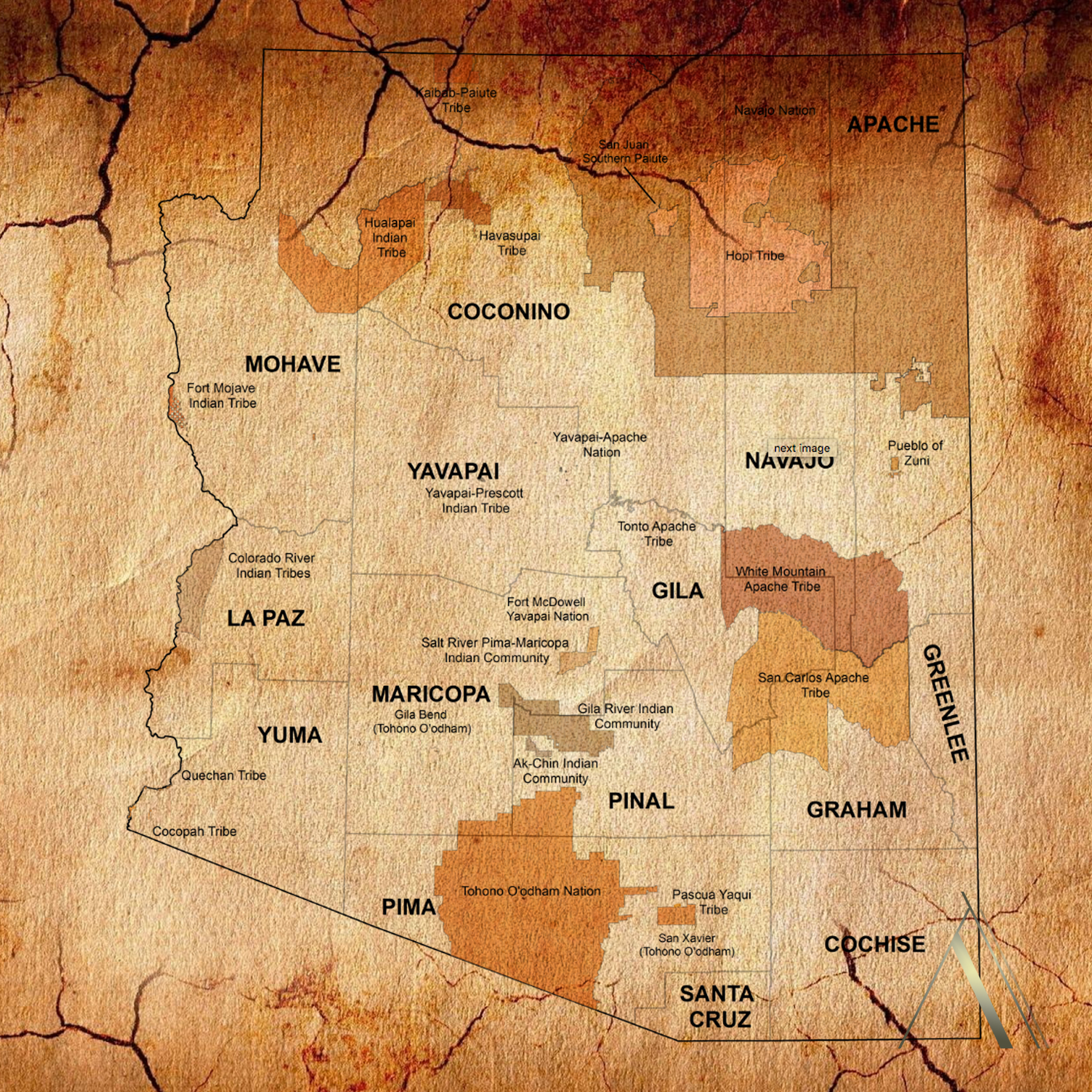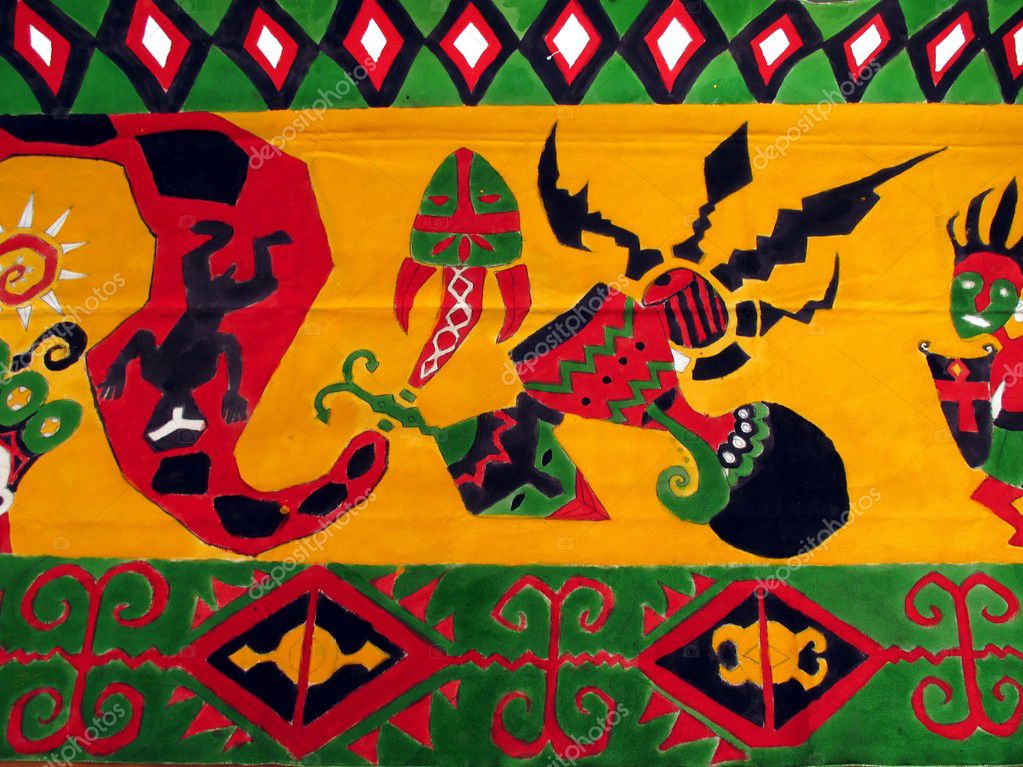Arizona’s Indigenous Tapestry: Exploring the Rich History and Culture of Native American Tribes
Arizona’s Indigenous Tapestry: Exploring the Rich History and Culture of Native American Tribes

Arizona’s landscape is as diverse as its indigenous population. From the towering red rocks of Sedona to the vast deserts of the southwest, the state is home to 22 federally recognized Native American tribes, each with a unique history, culture, and connection to the land. This article delves into the vibrant tapestry of Arizona’s Native American tribes, exploring their rich heritage, cultural practices, and enduring spirit.
A Legacy Etched in Stone: The Ancient Ones
Related Articles: Arizona’s Indigenous Tapestry: Exploring the Rich History and Culture of Native American Tribes
- Unveiling the Sacred Symbolism: The Lakota Headdress’s Profound Meaning
- Untamed Beauty: Exploring Blackfoot Montana’s Wild Wonders
- Unveiling the Leadership Legacy of the Huron Tribe: A Journey of Wisdom, Courage, and Inspiration
- Level Up Your Style with Chippewa Clothing: Unleash the Fashionista Within!
- Azure Allure: Unveil the Enthralling Charm of Blue
Long before European settlers arrived, Arizona was a thriving hub of indigenous cultures. The state is home to some of the oldest archaeological sites in North America, showcasing the ingenuity and resilience of its original inhabitants.
- Hohokam: This ancient culture, known for its sophisticated irrigation systems, flourished in the Phoenix Basin between 300 AD and 1450 AD. Their intricate pottery, ball courts, and remnants of their canal systems offer a glimpse into their advanced agricultural practices and social structures.
- Anasazi: In the northern regions of Arizona, the Anasazi people, known for their cliff dwellings and intricate pottery, thrived from 650 AD to 1300 AD. Their iconic structures, like the Mesa Verde National Park in Colorado, demonstrate their mastery of architecture and adaptation to the challenging environment.
- Mogollon: This ancient culture, known for its distinctive pottery and intricate basketry, inhabited the mountainous regions of central and southern Arizona from 200 AD to 1400 AD. Their unique artistic expressions and evidence of trade networks reveal a complex and interconnected society.
The Modern Tribes: Guardians of Tradition
Today, 22 federally recognized Native American tribes call Arizona home. Each tribe boasts a distinct language, cultural practices, and traditional knowledge passed down through generations.

The Navajo Nation: A Nation Within a Nation
The Navajo Nation, the largest Native American reservation in the United States, covers nearly 27,000 square miles in Arizona, New Mexico, and Utah. The Navajo people are renowned for their weaving, silversmithing, and storytelling traditions. Their language, Diné Bizaad, is a cornerstone of their culture and a testament to their enduring spirit.
The Hopi Tribe: Keepers of the Ancient Ways
The Hopi people, whose ancestors have lived in Arizona for centuries, are known for their unique cultural practices, including their distinctive kachina dolls, intricate pottery, and traditional dances. Their strong connection to their land and their commitment to preserving their ancestral traditions have made them an important voice for indigenous rights.
The Yavapai-Apache Nation: A Legacy of Resilience

The Yavapai-Apache Nation, encompassing multiple bands, has a rich history of adapting to the diverse landscapes of central and northern Arizona. Their traditional knowledge of the land, their intricate beadwork, and their vibrant cultural celebrations are a testament to their resilience and adaptability.
The Tohono O’odham Nation: Guardians of the Sonoran Desert
The Tohono O’odham Nation, whose ancestral lands span the Sonoran Desert, is known for its strong connection to the land and its traditional agricultural practices, including the cultivation of the saguaro cactus fruit. Their intricate basketry, their vibrant cultural ceremonies, and their commitment to preserving their language and traditions are a testament to their enduring spirit.
The Apache Tribes: Warriors and Storytellers
Several Apache tribes, including the San Carlos Apache, the White Mountain Apache, and the Fort Apache, call Arizona home. These tribes are renowned for their warrior traditions, their intricate beadwork, and their captivating storytelling. Their strong connection to the land and their resilience in the face of adversity are a testament to their enduring spirit.

Beyond the Reservations: A Tapestry of Cultural Exchange
Arizona’s Native American tribes are not confined to their reservations. They have played a crucial role in shaping the state’s cultural landscape, contributing to its art, music, and cuisine.
- Art and Crafts: The vibrant arts and crafts of Arizona’s Native American tribes are a testament to their creativity and skill. From the intricate beadwork of the Apache tribes to the delicate pottery of the Hopi people, these artistic expressions offer a glimpse into their cultural heritage and their connection to the land.
- Music and Dance: The traditional music and dances of Arizona’s Native American tribes are a captivating blend of rhythm, storytelling, and spirituality. From the powwow dances of the Navajo Nation to the intricate ceremonies of the Hopi people, these cultural expressions offer a window into their beliefs and traditions.
- Cuisine: Arizona’s Native American tribes have a rich culinary heritage, incorporating traditional ingredients and cooking methods. From the flavorful frybread of the Navajo Nation to the unique dishes of the Tohono O’odham Nation, these culinary traditions reflect their connection to the land and their commitment to preserving their heritage.
Challenges and Opportunities
While Arizona’s Native American tribes have a rich history and a vibrant culture, they also face significant challenges, including poverty, lack of access to healthcare, and limited economic opportunities. However, there are also opportunities for growth and progress.
- Economic Development: The development of tribal-owned businesses, tourism initiatives, and sustainable agriculture projects offers a path towards economic self-sufficiency.
- Education: Investing in education and providing access to quality healthcare are crucial for empowering future generations and breaking the cycle of poverty.
- Preservation of Culture: Efforts to preserve traditional languages, cultural practices, and ancestral knowledge are essential for ensuring the continuity of their heritage.
A Call to Action: Embracing Diversity and Respect
Understanding and appreciating the rich history and culture of Arizona’s Native American tribes is essential for building a more inclusive and respectful society.
- Respecting Tribal Sovereignty: Recognizing the sovereignty of Native American tribes and their right to self-determination is paramount.
- Supporting Indigenous Businesses: Patronizing Native American businesses and supporting their economic development initiatives is a tangible way to contribute to their prosperity.
- Learning from Indigenous Wisdom: Embracing the traditional knowledge and wisdom of Native American tribes can offer valuable insights into sustainable living, environmental stewardship, and cultural harmony.
Conclusion
Arizona’s Native American tribes are a testament to the enduring spirit of resilience, creativity, and connection to the land. Their rich history, vibrant culture, and unwavering commitment to preserving their traditions are a source of inspiration and a reminder of the importance of diversity and respect. By embracing their stories, their perspectives, and their contributions to the state’s cultural landscape, we can foster a more inclusive and understanding society.
FAQ about Native American Tribes in Arizona
Q: How many federally recognized Native American tribes are there in Arizona?
A: There are 22 federally recognized Native American tribes in Arizona.
Q: What is the largest Native American reservation in the United States?
A: The Navajo Nation, encompassing parts of Arizona, New Mexico, and Utah, is the largest Native American reservation in the United States.
Q: What are some of the traditional cultural practices of Arizona’s Native American tribes?
A: Traditional cultural practices vary among tribes, but some common elements include storytelling, weaving, pottery, beadwork, dancing, and ceremonies honoring their ancestors and the land.
Q: What are some of the challenges faced by Arizona’s Native American tribes?
A: Challenges include poverty, lack of access to healthcare, limited economic opportunities, and the ongoing struggle to preserve their cultural traditions and languages.
Q: How can I learn more about Arizona’s Native American tribes?
A: You can visit tribal museums, attend cultural events, read books and articles about their history and culture, and engage with tribal communities to learn firsthand about their experiences and perspectives.

Closure
Thus, we hope this article has provided valuable insights into Arizona’s Indigenous Tapestry: Exploring the Rich History and Culture of Native American Tribes. We thank you for taking the time to read this article. See you in our next article!